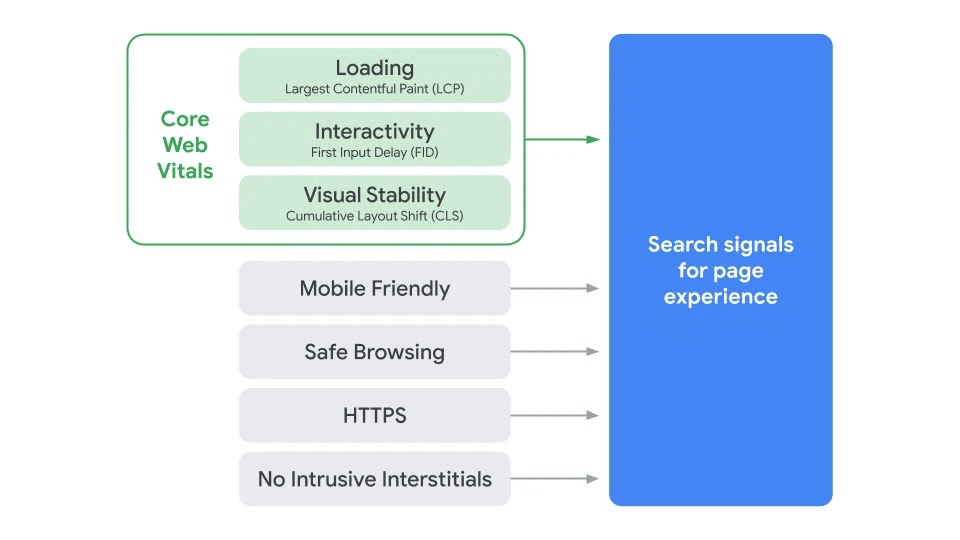Webiny announced the availability of Webiny Serverless Headless CMS (beta). When you look at the headless CMS market there are several options you can choose from, but none of the options are both serverless and open-source at the same time. Half of them run on “traditional” infrastructures, like virtual machines, and the other half is made of standard SaaS products. The goal was to build something that scales to handle huge amounts of traffic out of the box, no matter how spikey, with a solution that is customizable and has zero overhead when it comes to managing infrastructure. Today, this is only achievable with serverless infrastructure.
Included in the package:
- Content modeling interface — You can not only model your content, but also build the interface for how the input forms will look like to your content editors. Place form inputs inside a grid layout and split it into multiple columns and rows.
- Content localization — A simple and intuitive way to input and serve content in multiple languages. We keep the interface for editors clean and easy to use, no matter if you have 1 language or 20 languages.
- GraphQL API — The API is at the core of every headless CMS. If you get the API wrong, the whole product has a poor experience. This is why we spent a significant part of our effort on ensuring developers have a great experience using our API. The API also comes with a built-in GraphQL playground, so it’s super simple to inspect your schema and test your queries.
- Environments and aliases — With a single click copy your existing data into a new environment. Modify it and update it without affecting your production site. Finally, remap the alias to switch the new environment into production. With this approach, you get instant rollback feature as well as there is no need to update and redeploy your code to any of your devices when you make changes.
- Customizable and extendable platform with a microservices architecture — Having a headless CMS is great, but what if it only gets you halfway? What if you need to build custom code, add logic with specific rules that are outside the scope of the headless CMS. Using the Serverless Web Development Framework you can build any type of logic your project requires and deploy it alongside the headless CMS as a separate microservice.



